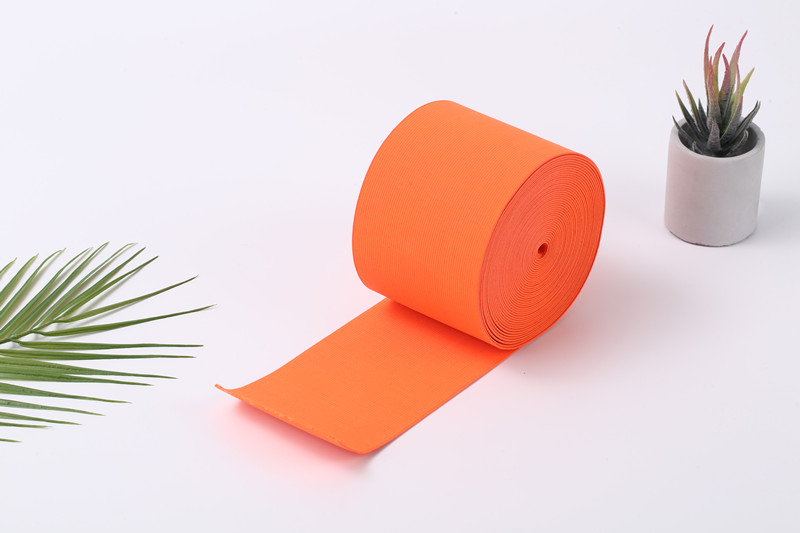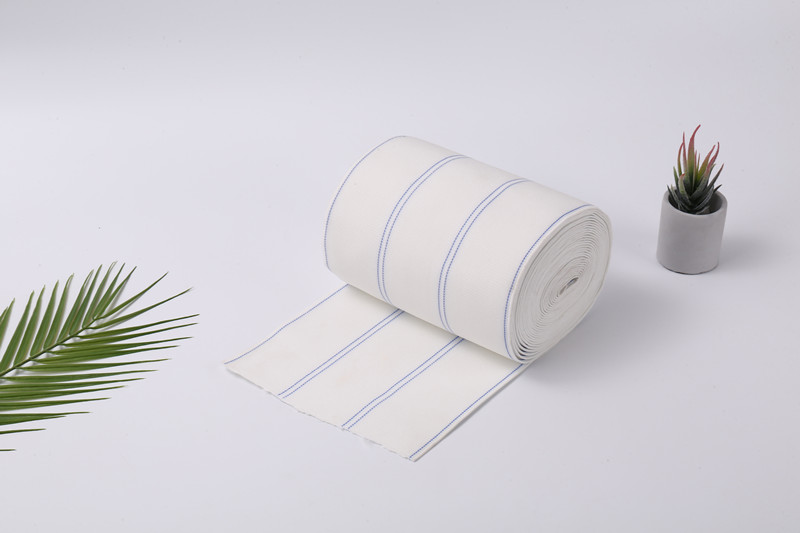Due to the global depletion of resources, greenhouse gas damage to the environment and other impacts on human life, people’s awareness of green living is getting better and better. In recent years the word of “regenerated/recycled raw materials“ is getting popular in clothing and home textile industry. Some international famous wearing brands such as Adidas, Nike, Uniqlo and other companies are the advocates of this movement.
What is regenerated cellulose fiber and regenerated polyester fiber? Many people are confused about this.
1. What is regenerated cellulose fiber?
Raw material of regenerated cellulose fiber is natural cellulose (i.e. cotton, hemp, bamboo, trees, shrubs). To create a better performance of regenerated cellulose fiber we just need change the physical structure of natural cellulose. Its chemical structure remains unchanged. To put it in a simple way, regenerated cellulose fiber is extracted and spined from natural original material through artificial technology. It belongs to artificial fiber, but it is natural and different from polyester fiber. It does NOT belong to chemical fiber!
Tencel fiber, also known as “Lyocell”, is a common regenerated cellulose fiber in the market. Mix wood pulp of coniferous tree, water and solvents and heat until complete dissolution. After de-impurity and spinning the production process of “Lyocell” material has been finished. The weaving principle of Modal and Tencel is similar. Its raw materials is derived from original woods. Bamboo fiber is divided into bamboo pulp fiber and original bamboo fiber. Bamboo pulp fiber is made through adding functional additives to pulp of Moso bamboo and processed by wet spinning. While original bamboo fiber is extracted from Moso bamboo after natural biological agent treatment.
2、What is regenerated/recycled polyester fiber?
According to the principle of regeneration the production methods of regenerated polyester fiber can be divided into two categories: physical and chemical. The physical method means sorting, cleaning and drying waste polyester material and then melt spinning directly. While chemical method refers to depolymerizing waste polyester materials to polymerization monomer or polymerization intermediates through chemical reactions; regeneration polymerization after purification and separation steps and then melt spinning.
Because of the simple production technology, simple process and low production cost of the physical method, it is the dominant method to recycle polyester in recent years. More than 70% to 80% of the production capacity of recycled polyester is regenerated by physical method. Its yarn is made from waste mineral water bottles and Coke bottles. It is very popular in developed countries such as Europe and the United States because it is reused of waste. Recycled polyester can reduce the use of oil, each ton of finished PET yarn can save 6 tons of oil. It can make contribution to reduce air pollution and control the greenhouse effect. For example: recycling a plastic bottle with a volume of 600cc = carbon reduction of 25.2g = oil saving of 0.52cc = water saving of 88.6cc.
Therefore regenerated/recycled materials will be the mainstream materials pursued by society in future. Many items closely related to our lives such as clothes, shoes and tables are made of environmentally friendly recycled materials. It will be more and more welcomed by the public.
Post time: Jun-22-2022







